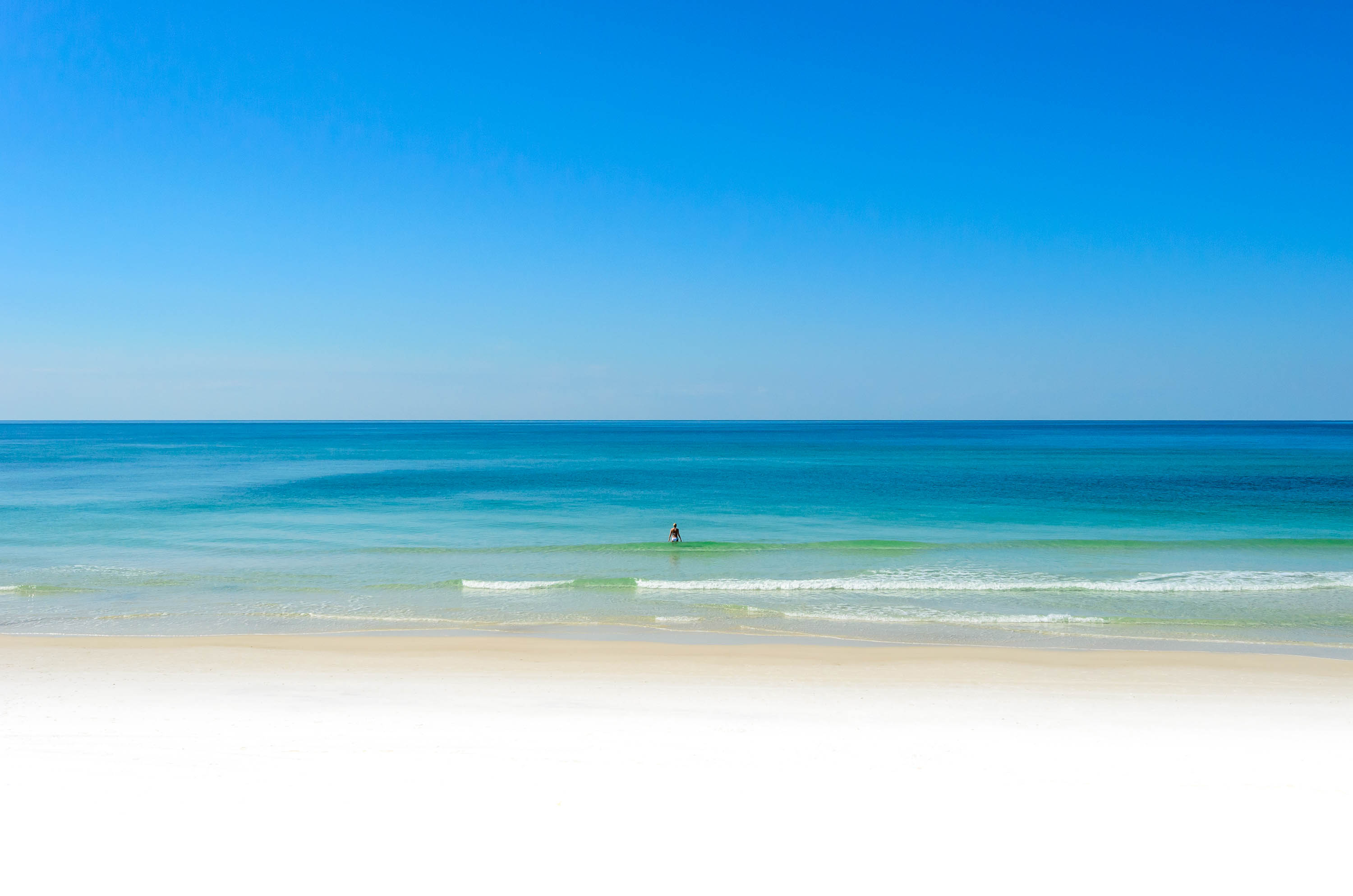Brad, I don't care what the local rag writes about you, YOU ARE THE MAN! Mission in Seaside accomplished for the day. :clap_1:





I couldn't find anything specific, but a 2001 study from Brown University details several "beach hole collapses" that caused death or serious injuries to children. You might see a similar news story from time to time. Sooner or later it might happen here. Just FYI parents...
Inspired by a friend who saved a child swallowed by a sand hole dug for fun at the beach, former lifeguard and current second-year medical student Bradley Maron has published a study about the dangers associated with digging in beach sand.
A tranquil day at the beach can turn tragic when a large hole dug in dry sand collapses and swallows a youngster, said lead author Maron. "My friend, a lifeguard who was a rescuer in one of these situations, was a hero."
In fact, Maron also worked as a lifeguard at the beach on Martha?s Vineyard, where his friend saved the boy in 1997. Maron was not there when the accident occurred.
"I?m told there was pure pandemonium on the beach," Maron said. "After the collapse, the sand was completely serene. No one had an idea where the kid was. My friend began digging like hell with his hands He was somehow able to find the child's head. Using his hand, he set up an air pocket around the nose."
At first, Maron wrote a study about that single incident. But a Martha's Vineyard police officer, who had spent 30 years on the beach beat, said that such accidents happened more often than people might realize.
Through media accounts and in conversations with friends and colleagues, Maron and his father, cardiologist Barry J. Maron, M.D., of the Minneapolis Heart Institute Foundation, chronicled seven incidents of dry-beach sand hole collapses in the United States between 1997 and 2000. Other nearby accident sites included Hyannis, Mass., and Salisbury, Mass.
Last week, their study appeared in Journal of the American Medical Association. It is based on details gathered through telephone and personal interviews with rescuers and other witnesses.
In each instance, a person was submerged suddenly when hole walls collapsed. In the majority of cases, the individual vanished from sight leaving little or no trace beneath what appeared as undisturbed sand.
"It's probably the last thing on the mind of parents," said Maron. "This study is not meant to eclipse water safety or other beach concerns. But we want parents to know that something completely recreational can lead to instant tragedy."
In four of the seven accidents, individuals suffocated and died. The three survivors faced life-threatening circumstances, but were rescued by lifeguards and beachgoers who dug frantically by hand to expose the submerged bodies. Within 3 to 10 minutes, digging created air pockets around the nose and/or mouth of survivors. Five minutes without oxygen can lead to brain damage and even death.
Accident victims ranged in age from 8 to 21. Six of the seven victims were male. The holes were between 3 and 15 feet in diameter and between 3 and 9 feet deep. They were dug by hand or with beach toys.
In five of seven cases, the holes were dug as part of recreational activities. In the other two cases, the holes were present before the accidents. Before the incidents, two people were at the bottom of holes before their collapse. The others either fell or jumped in, triggering a collapse of the walls. Six of the seven incidents occurred on Atlantic Coast public beaches less than 20 feet from the surf line. The other incident took place in a backyard.
To date, "the risks and threats to the recreational safety of children associated with dry-sand holes have achieved little attention in the general public and medical community," the authors said.
"We don?t know how often this type of dry-sand incident happens, but we believe that it is rare," Maron said. "However, we think it is safe to say that there is some danger on land at the beach a well as in the water.
"When sand reclaims its natural form, it severely limits rescue capability. You can't use a metal shovel if you don't know where a person is. You can kill an individual by jamming in a shovel blindly. And as you dig by hand, the sand continues to fill in around the excavation. The three individuals survived because of prompt, heroic actions of rescuers."
The researchers hope to build a registry of dry-sand beach hole collapses. They don?t want to frighten beachgoers, but suggest that parents shed lax or cavalier attitudes toward safety on the sand.
"If a child digs a wide, deep hole, as a parent, you?re dealing with potential tragedy," Maron said. "Such a situation demands parental supervision."
No, when the hole is filled, the sand is fairly packed, naturally, unlike most other soil. I don't have a problem with kids digging a normal size small hole for sandcastles and the likes, as long as they fill them in when they are finished playing in it for the day.A packet for renters would be a great idea. I'm a renter and not a resident(unfortunately) and I would never have thought digging in the sand could be that dangerous. We've never dug holes anything like that picture and have always filled them in after. Is it a problem even after they are filled in? Again, I'm just talking about moats around sand castles, not craters.
No, when the hole is filled, the sand is fairly packed, naturally, unlike most other soil. I don't have a problem with kids digging a normal size small hole for sandcastles and the likes, as long as they fill them in when they are finished playing in it for the day.
A packet for renters would be a great idea.



